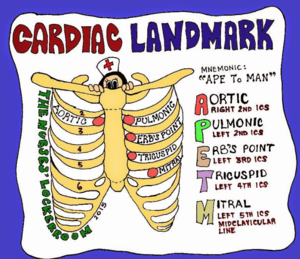14101530
HPA - Pneumonia
Resource summary
| Question | Answer |
| What is pneumonia? | Inflammation of the parenchyma of the lungs which can be infectious or non-infectious |
| Risk factors for pneumonia | - > 65 years in age - Hospitalisation - Surgery - COPD - Aboriginal & Torres Strait Islander - Cigarette smoke/fume exposure - Alcohol abuse - Poor oral hygiene |
| Causes of pneumonia | Infectious pneumonia is caused by a bacterial, viral, fungal or parasitic organism. Non-infectious pneumonia is caused by irritants such as the aspiration of the gastric contents or toxic gas. |
| S | Staphylococcus aureus, Klebsiella pneumoniae, Legionella or e. coli |
| Some of the organisms responsible for causing CAP | Streptococcus pneumoniae, influenza, enterobacter |
| Pathophysiology behind infectious pneumonia | 1) Bacteria/organism is generally aspirated from oropharyngeal secretions of the individual. Can also be inhaled during contact with an infected individual who: coughs, talks or sneezes. 2) The invading micro-organisms colonise the alveoli, causing an inflammatory process to begin. Body releases antigens, antibodies and endotoxins which inadvertently damage alveolar and bronchial mucous membranes - leading to vascular congestion and oedema. 3) Infectious debris and exudate fills alveolar spaces which can impair ventilation and gas exchange. |
| Symptoms | Chills Fever Cough productive of purulent or rust-coloured sputum. Chest aching/pleuritic pain (increases with breathing and coughing) |
| What might a nurse notice on examination? | Resp assess: Limited breath sounds and fine crackles heard over the affected area of the lung. Pleural friction rub may be audible. If the area is large & gas exchange is impaired - dyspnoea & cyanosis may be noted. |
| Vitals | Temp: may be febrile due to presence of infection RR: may be increased (>20) HR: may be increased BP: Usually normal |
| Other relevant tests (5) | Xray - obtained to determine the extent of lung involvement Sputum culture & sensitivity - To ID organism and determine most effective antibiotic (bacterial infection) Sputum gram stain - to identify the organism in the sputum as either gram-pos or neg (if it is a bacteria) FBC - increased WBC in most infectious pneumonias. Viral and other pneumonias will not likely show increase in WBC. Bronchoscopy may be required if necessary to obtain sputum specimen. ABGs if impaired gas exchange is suspected |
| Medications/treatments | Salbutamol (fast acting) Ipratropium Bromide (longer lasting) O2 therapy (in severe cases) |
Want to create your own Flashcards for free with GoConqr? Learn more.
Similar
“The knower’s perspective is essential in the pursuit of knowledge.” To what extent do you agree with this statement?
Lucia Rocha Mejia

